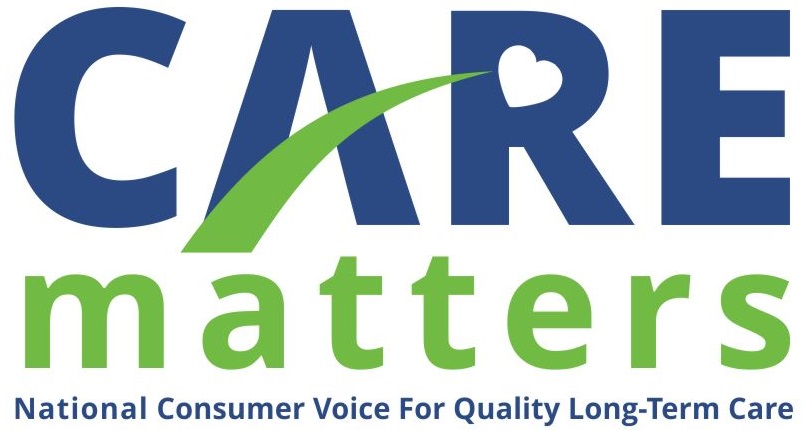Here is a great dementia resource for caregivers and healthcare professionals,
Your residents will love the Amazon Kindle Fire
Here is information on being the best caregiver you can be
Here is a way for nurses administrators, social workers and other health care professionals to get an easyceu or two
Follow alzheimersideas on twitter
The Dementia Caregiver's Little Book of Hope [Kindle Edition]
Tips for making the most of your friendship visit
visit
• Be relaxed, be yourself and avoid forced cheerfulness.
• Have a flexible attitude – things may not go to plan.
• Accept that you may have to initiate conversation and things to do.
• Take something with you to share.
• Establish a visiting routine: say hello and introduce yourself.
• As you leave ask if you may visit again, smile and wave.
• Don’t rush things. Your friend may need time to register who you
are and why you are there.
• Remember that silence is not necessarily a negative thing.
• Choose a quiet, familiar location and introduce one thing at a time.
• If possible, and desirable, visit with some regularity, even
for a brief time.
• While your last visit may not be remembered, it was enjoyed
at the time.
• Be kind to yourself; it’s possible some visits may leave
you feeling sad.
For more information go to dementia friendship
For more information go to dementia friendship
 History of the Sandwich
History of the Sandwich Club Sandwich: a triple-decker toasted turkey, tomato and lettuce sandwich
Club Sandwich: a triple-decker toasted turkey, tomato and lettuce sandwich Grilled cheese can always please!
Grilled cheese can always please! Classic Peanut Butter and Jelly!
Classic Peanut Butter and Jelly!










